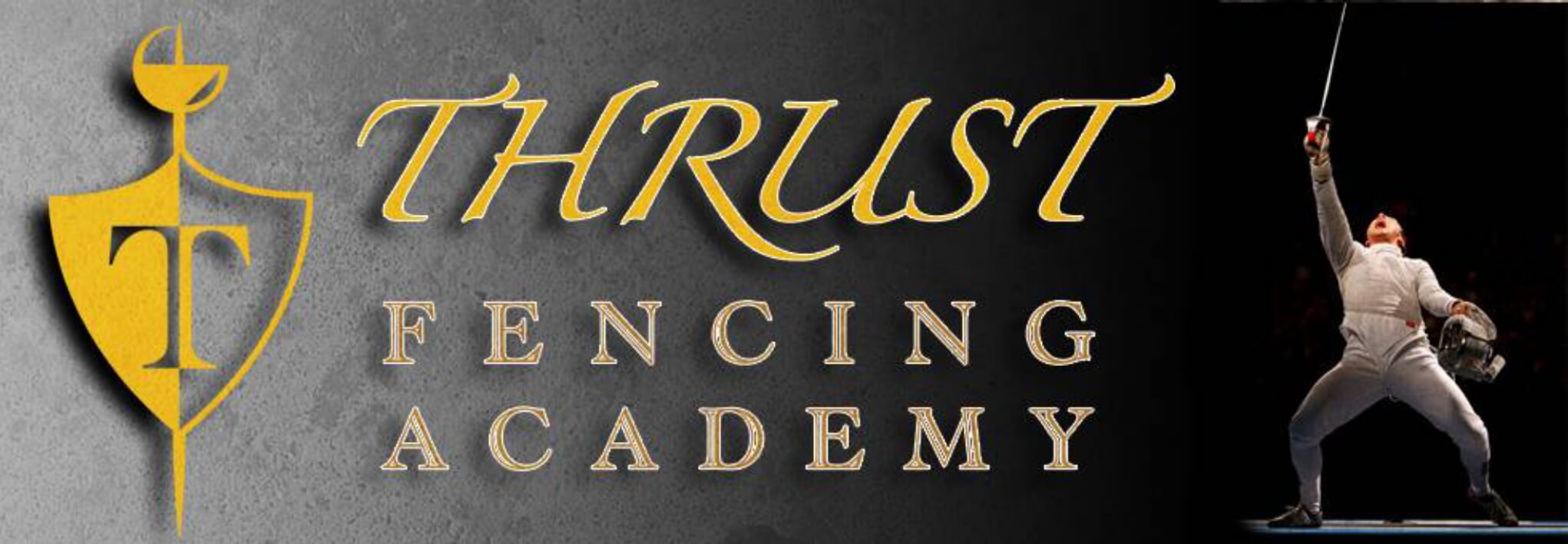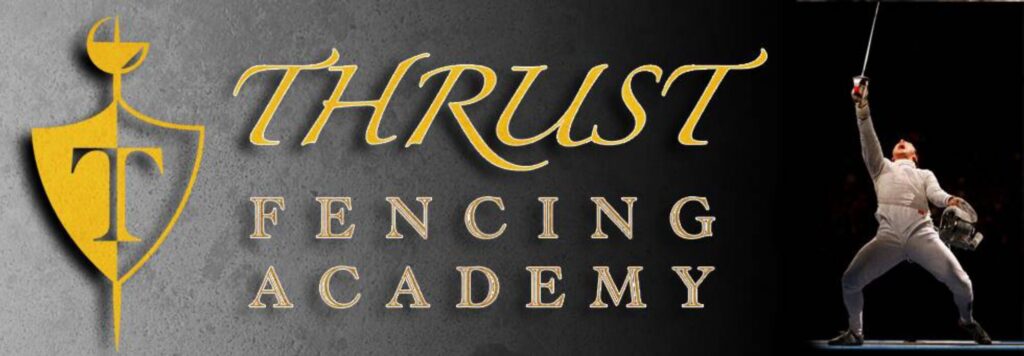A more systematic analysis of the families’ cohesiveness based on T-Tests for the mean differences between generic attributes within and outside a meme families reaffirmed this tendency. We found significantly more common attributes between meme instances from the same family. In general, each instance shared more attributes with other family members (3.49) than with nonfamily members (2.39), T(18865) = , p < .01. This similarity between instances of the same family is significant in terms of content (T(6534) = , p < .01), participants (T(12755) = , p < .01), and form (T(16379) = 41.2, p < .01).
Yet ,, when looking individually at posts, contribution, and mode properties, there had been of numerous families that have nonsignificant differences when considering this new mean interior and you will outer common characteristics. This was particularly true on the posts feature. Merely 12 out of fifty meme group shared even more blogs services for the family unit members. This basically means, stuff sitios de citas sexo kink features was indeed quicker natural for the majority meme family members. On the other hand, inside families was in fact blogs are seen to be a lot more cohesive, it absolutely was plus a great deal more unique and you may special.
Similarly, really meme family got men plus teen and you may young mature people as their well-known provides. Other a long time, like seniors, people, infants, and children also girls, superstars, and especially animal people had been much more distinctive to certain meme families. Finally, in terms of form, really meme families put easy photo which have text or films. Meme household in which setting is much more natural mutual remix and you can graphic manipulation including acronyms and you will wordplay.
The connection between cohesiveness and you can uniqueness
The cohesiveness of meme families around more unique generic attributes already provided a partial answer to RQ4, regarding the link between cohesiveness and uniqueness in meme families, and a Pearson correlation between the two revealed a very strong and significant positive correlation (r = .911, p < .001). In other words, the more unique the shared attributes within a meme family, the higher the difference between shared attributes within and outside a meme family. When looking at each group of attributes separately, it was mainly the uniqueness of form (r = .870, p < .001) and content (r = .726, p < .001) attributes that positively correlated with family cohesiveness. The uniqueness of participation attributes had a weaker correlation with family cohesiveness (r = .366, p < .01).
Quiddities, concreteness, uniqueness, and you will cohesiveness
In response to the last research question, we found a significant positive correlation between quiddity concreteness and both the cohesiveness (r = .363, p < .01) and uniqueness (r = .431, p < .01) of Internet memes. In other words, a meme family with a more concrete quiddity was also more cohesive and unique in its generic attributes.
In particular, a significant positive correlation was found between the percentage of instances in a meme family sharing a similar object and the cohesiveness (r = .286, p < .05) and uniqueness (r = .349, p < .05) of their content. This suggests that instances of meme families in which the quiddity is a specific object tend also to deal with the same unique themes. Thus, for example, instances of the “Flying Spaghetti Monster” family always included this specific character or object, and many of them also contained references to religion, which is a unique theme in the memetic sphere.
Meme families in which the quiddity is a character, such as “Charlie the Unicorn,” are more cohesive, but also unique in terms of participation. This is typically reflected in a higher percentage of instances containing animal participants. Perhaps less obvious is the negative correlation between action and uniqueness of participation (r = ?.329, p < .05). This means that the participants in meme families in which the main quiddity is an action are not unique, but rather part of the mainstream. Thus, for example, most participants of “Caramelldansen,” “The Evolution of Dance,” or “Planking” are teens or young adults.

